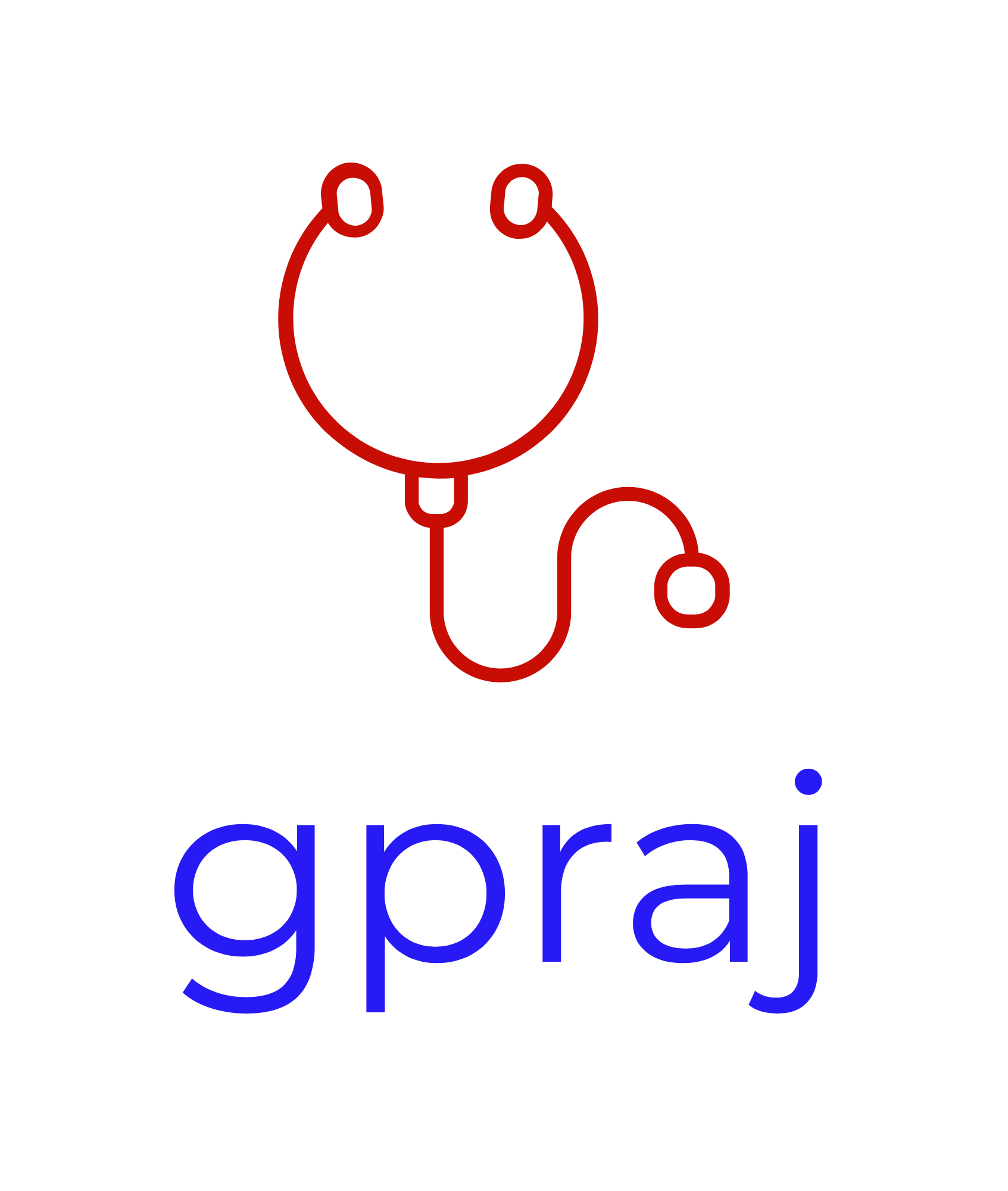Otitis media
Acute otitis media (AOM)
Inflammation in the middle ear effusion
rapid onset of symptoms and signs of an ear infection
Offer antibiotic treatment (5-7d course) if
child/young person systemically unwell,
has symptoms or signs of a more serious illness, or
has high risk of complications
1st line
Amoxicillin (clarithromycin if penicillin allergic, erythromycin if pregnant)
2nd line
(no improvement in 2-3d)
Co-amoxiclav
Chronic Suppurative Otitis media (CSOM)
‘chronic’ AOM (ear discharge >2-6w) is considered CSOM
Ear discharge (>2w)
WITHOUT pain or fever
Prior history of AOM or glue ear+grommet insertion
Tympanic membrane perforation
Possible hearing loss
Management
Refer to ENT.
The ears should not be swabbed.
Treatment should not be initiated.
Otitis media with effusion (OME) or 'glue ear'
Over 50% of cases are thought to follow an episode of acute otitis media,
fluid within the middle ear space
WITHOUT signs of acute inflammation.
Most common cause of hearing impairment in childhood.
Management
Active observation for 6-12 weeks (most cases will spontaneously resolve)
May undertake auto inflation (blowing up a balloon via the nostril TDS) during observation period
After observation:
Hearing test
Consider referral to ENT for insertion of grommets.
Examination
Ear examination:
Otitis externa: suggested by an inflamed, eczematous canal without a perforation), a foreign body
Tympanic membrane: perforated or bulging or red, yellow, or cloudy
Impacted ear wax
Neoplasm (ear canal swelling that bleeds on contact).
Postauricular swelling and mastoid tenderness
Head and CNS examination
Facial paralysis
Vertigo
Signs or symptoms of intracranial infectionSystemic signs of serious illness
Check temperatureAsk about hearing loss
Quality of life:
Ascertain the effect of the ear condition (e.g. hearing loss or discharge) on daily activities (e.g. school or work) and language development.
Middle ear infections
Complications
Recurrence of infection
Hearing loss (conductive)
Tympanic membrane perforation
Mastoiditis (swelling/tenderness behind the ear)
Meningitis, Intracranial abscess, Sinus thrombosis (headache)
Facial nerve paralysis
Speech and language development (OME)
Cholesteatoma (2ww referral)
Predisposing factors
Birth to 4 years of age
Passive smoking
Attend daycare or nursery
Formula-fed
Craniofacial abnormalities (such as cleft palate).
Down's syndrome
Cystic fibrosis, primary ciliary dyskinesia
Allergic rhinitis
AOM
AOM +/- otorrhoea (discharge after ear drum perforation), or
AOM + under age 2y with infection in both ears
then offer regular analgesia (paracetamol/ibuprofen)
and consider no antibiotic, back-up antibiotic prescription or immediate antibiotic prescription
Antibiotics make little difference to the number of children with recurrent infections, short-term hearing loss or perforated ear drum. Possible adverse events include diarrhoea and nausea.
The following groups of people should be admitted to hospital for immediate specialist assessment:
People with a severe systemic infection.
People with suspected complications of AOM, such as meningitis, mastoiditis, intracranial abscess, sinus thrombosis, or facial nerve paralysis.
Children younger than 3 months of age with a temperature of 38°C or more.
Prevention of AOM
In children — avoiding exposure to passive smoking, use of dummies, and flat, supine feeding; and ensuring that children have had a complete course of pneumococcal vaccinations
In adults — avoiding smoking and/or passive smoking.
Differential diagnoses
Otitis externa — suggested by ear pain, itching, discharge, and reduced hearing. Examination may reveal an inflamed, eczematous canal without a perforation. Can also be concurrent with CSOM.
Acute suppurative otitis media (ASOM) — suggested by ear pain, fever, vomiting in children, reduced hearing, and discharge if the eardrum perforates (or examination may reveal pus in the middle ear). Most cases resolve spontaneously within a few days.
Chronic Suppurative Otitis media (CSOM) — persistent inflammation and perforation of the tympanic membrane with draining discharge for more than 2 weeks
Otitis media with effusion (OME) or glue ear— suggested by fluid in the middle ear without acute signs or symptoms and conductive hearing loss
A foreign body.
Impacted ear wax.
Cholesteatoma — suggested by chronic smelly ear discharge, and the presence of squamous epithelium and keratin in the middle ear.
Neoplasm — suggested by an ear canal swelling that bleeds on contact.
Osteonecrosis of the external auditory canal — consider in people receiving denosumab who present with chronic ear infection or suspected cholesteatoma.
